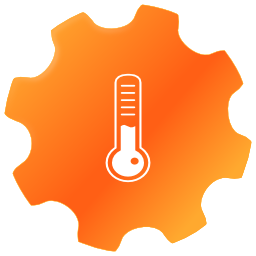
PLATO DTS
Leading temperature & DTS interpretation
Distributed Temperature Sensor (DTS) data interpretation must go beyond simple visualization and qualitative analysis. The capital investment required for DTS means significant value has to be derived from the data provided, therefore DTS data quantitative analysis is imperative.
PLATO-DTS visualizes and interprets DTS from both production, injection and shut-in wells. The software uses PLATO’s enthalpy balance model which accounts for heat transfer due to both conduction and convection of temperature. Frictional heating, Joule-Thompson cooling, skin effect and phase changes which contribute to temperature change are naturally predicted by the model. With added features to make the best out of DTS data, from visualization to permanent monitoring, PLATO-DTS is the standard in the industry when it comes to temperature modeling.
Visualization and capacity
PLATO-DTS can load 4,000 DTS traces at once and display more than 14,000 DTS traces in one project. The visualizations are dynamic and switching from one-dimensional trace view to bi-dimensional colormap or wavelet display in a breeze.
Quantitative analysis
PLATO-DTS calculates the production and injection profile from DTS data according to a chosen stable flowing period. Multi-phase analysis can be achieved when DTS is combined with holdup measurement. PLATO-DTS offers several WarmBack models to analyze injection wells with openhole completions or hydraulic fracturing data.
Temperature emulation
The simulation feature of PLATO is available with PLATO-DTS. Feasibility studies use DTS simulation and analysis to identify any weakness in a well design. WarmBack can be simulated as well.
Permanent monitoring
PLATO offers a continual update well monitoring solution as new data is automatically loaded and processed while changes in well behavior are directly highlighted. Production and injection profiles are time-indexed on the DTS traces. Results from the analysis are automatically exported and reports are generated.


